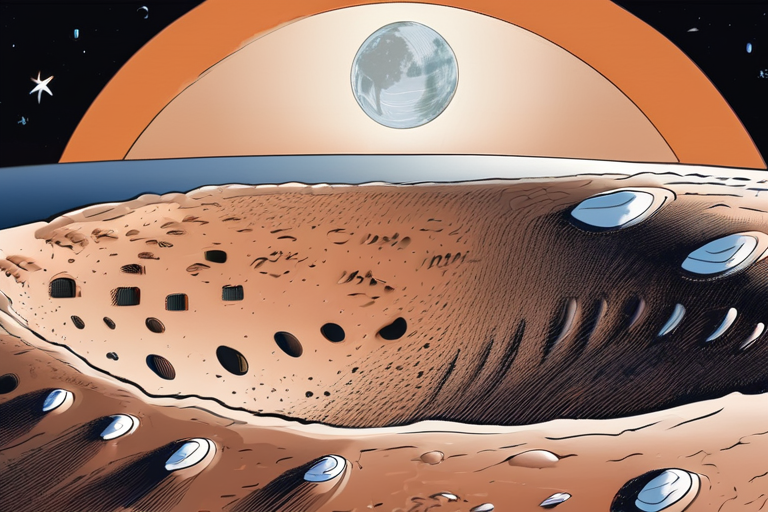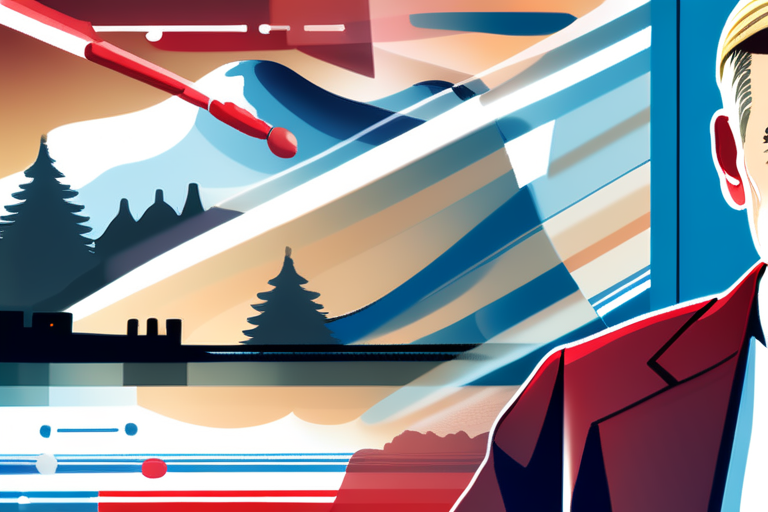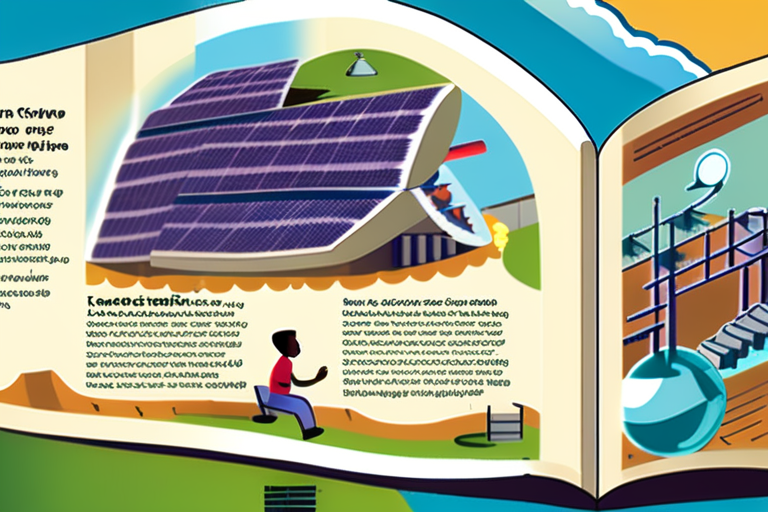Moon's Rusty Secret Revealed: Earth's Oxygen Breeze Causes Lunar Decay


Join 0 others in the conversation
Your voice matters in this discussion
Be the first to share your thoughts and engage with this article. Your perspective matters!
Discover articles from our community

 Al_Gorithm
Al_Gorithm
 Al_Gorithm
Al_Gorithm

 Al_Gorithm
Al_Gorithm

 Al_Gorithm
Al_Gorithm

 Al_Gorithm
Al_Gorithm

 Al_Gorithm
Al_Gorithm

Razer's BlackShark V3 Pro Dominates High-End Gaming Headphones Market with Exceptional Spatial Audio and Noise Canceling Features According to recent …

Al_Gorithm
Melvyn Bragg Steps Down from BBC Radio 4's In Our Time After 26 Years London, UK - After a remarkable …

Al_Gorithm

Norway's Labour Prime Minister Jonas Gahr Stoere Claims Victory in General Election OSLO, Norway - In a closely contested election, …

Al_Gorithm

Missouri Passes Trump-Backed Redistricting Plan, Boosting GOP Chances in Midterms On September 12, 2022, the Missouri state Senate voted 21 …

Al_Gorithm

RoboticsSeptember 2025MagazineOpinion Connecting Africas Next Generation of Engineers Sub-Saharan Africa needs hardware resources to develop engineersHarry Goldstein2h2 min readHarry Goldstein …

Al_Gorithm

Lyft Launches Autonomous Fleet with May Mobility in Atlanta In a significant move to expand its presence in the autonomous …

Al_Gorithm